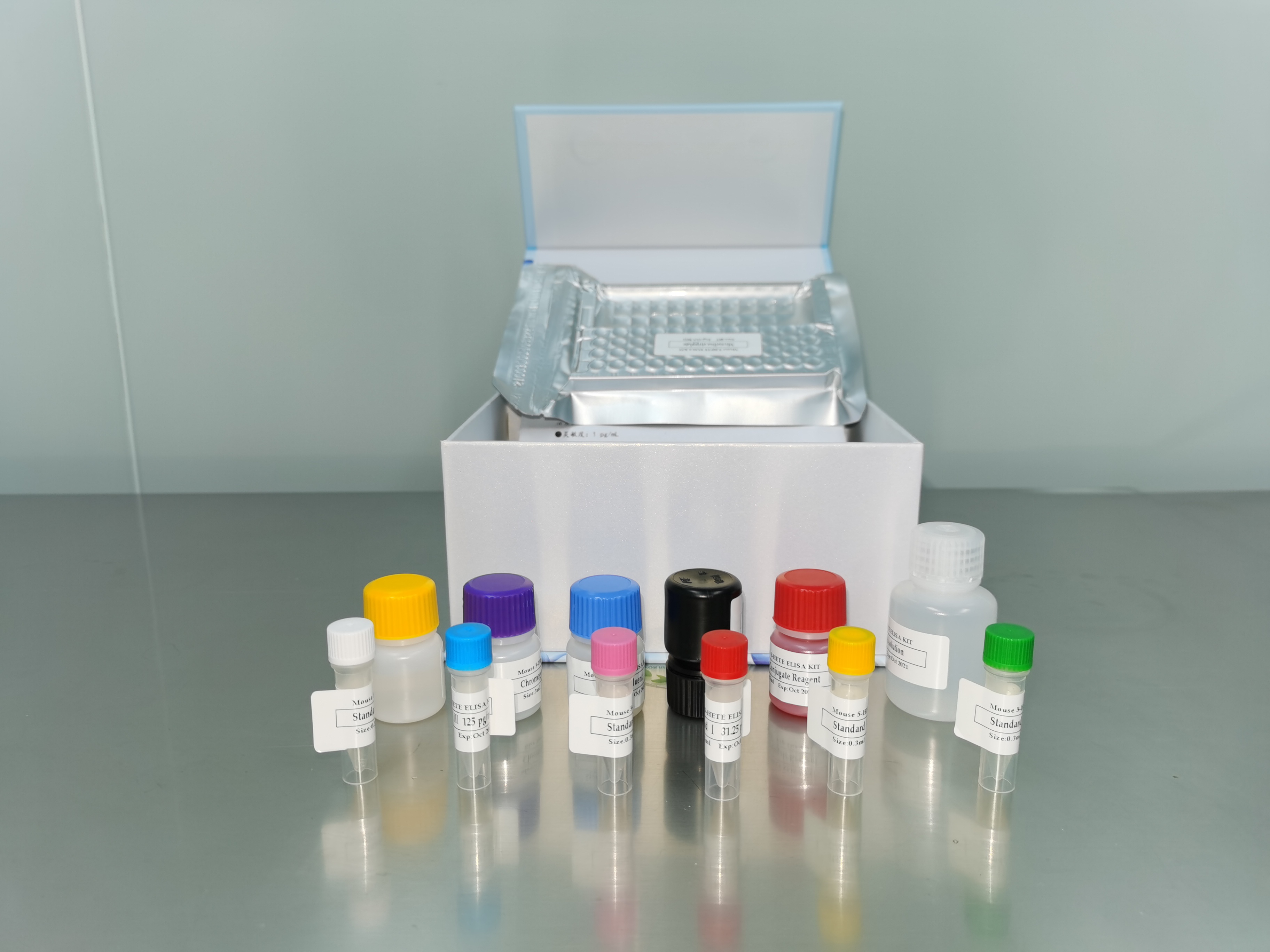| 产品名称: | cDMD 1-2a 9-7, cDMD1-2a |
|---|---|
| 商品货号: | TS140201 |
| Designations: | cDMD 1-2a 9-7, cDMD1-2a |
| GenBank Number: | M18533 |
| Species: | Homo sapiens, human |
| Depositors: | LM Kunkel |
| Applications: | For plasmid amplification, use a lacIq host. Codominant X-linked segregation of the HindIII polymorphism was observed in 4 families. |
| Vector: | Construct size (kb): 4.800000190734863 |
| Insert: | DNA: cDNA Insert lengths(kb): 1.537999987602234 Tissue: fetal muscle Gene product: dystrophin (muscular dystrophy, Duchenne and Becker types), includes DXS142, DXS164, DXS206, DXS230, DXS239, DXS268, DXS269, DXS270, DXS272 DMD Alleles: U2, A1, A2, C1, T1, U1, A1, A1, A2, A2, B1, B2, C2, D2, R1, R2, T1, T2, T2, T3, D1 |
| Insert Size (kb): | 1.538 |
| Media: | ATCC® Medium 1227: LB Medium (ATCC medium 1065) with 50 mcg/ml ampicillin |
| Biosafety Level: | 1
Biosafety classification is based on U.S. Public Health Service Guidelines, it is the responsibility of the customer to ensure that their facilities comply with biosafety regulations for their own country. |
| Comments: | Restriction digests of the clone give the following sizes (kb): EcoRI--4.8; EcoRI/HindIII--3.3, 1.5; HindIII--4.8; AccI--uncut; BamHI--4.8. For plasmid amplification, use a lacIq host. This was constructed with EcoRI site on the T7 (5) side and a destroyed PstI site on the T3 (3) side. The insert contains internal BglII, BamHI, and HincII sites. Codominant X-linked segregation of the HindIII polymorphism was observed in 4 families. TS140201 has been converted to meet the requirements of the Budapest Treaty for patent deposits. A compliance form is not needed for TS140201, but is for ATCC 57667. This insert includes probes 1 and 2a. It detects genomic HindIII fragments of (3.2, 3.25), 4.2, 8.5, 3.1, 8.0, 4.6, 7.5, and 10.5 kb. This probe encompasses the DXS142 (pERT84) 3.2 kb fragment, the J-MD 4.6 kb fragment, the DXS206 (XJ1) 7.5 kb fragment, and the DXS164 (pERT87-28) 10.5 kb fragment. Of the DMD cDNA clones, 1-2a includes nucleotides 1-1538; 2b-3: 1455 to approximately 2600; 4-5a: 2600-4550; 5b-7: 4400-6900; 8: 6900-7800; 9-14: 7800-13900 (in base pairs from the 5 end of the cDNA). A 0.6% agarose gels is required to resolve the bands of the HindIII RFLP. Absence of the 7.5 kb allele may be misinterpreted due to poor resolution of the 8.3 kb allele from the constant 8.0 and 8.5 kb bands on 0.8% agarose gels. Enzyme(s) not detecting polymorphism: AluI, BglII, EcoRI, EcoRV, HaeIII, HinfI, MspI, MvaI, PstI, TaqI. |
| References: | Lindlof M, et al. Gene deletions in X-linked muscular dystrophy. Am. J. Hum. Genet. 44: 496-503, 1989. PubMed: 2929594 Prior TW, et al. RFLP for HindIII at the Duchenne muscular dystrophy gene. Nucleic Acids Res. 17: 2370, 1989. PubMed: 2565028 Den Dunnen JT, et al. Topography of the Duchenne muscular dystrophy (DMD) gene: FIGE and cDNA analysis of 194 cases reveals 115 deletions and 13 duplications. Am. J. Hum. Genet. 45: 835-847, 1989. PubMed: 2573997 Lucotte G, et al. Molecular deletion patterns in Duchenne muscular dystrophy patients. Ann. Genet. 32: 214-219, 1989. PubMed: 2610487 Dominguez-Steglich M, et al. The dystrophin gene is autosomally located on a microchromosome in chicken. Genomics 8: 536-540, 1990. PubMed: 2286374 Deng HX, Niikawa N. PvuII RFLPs in the DMD gene detected by a subclone (cDMD1a) of the cDNA. Nucleic Acids Res. 18: 3107, 1990. PubMed: 1971933 Koenig M, et al. Complete cloning of the Duchenne muscular dystrophy (DMD) cDNA and preliminary genomic organization of the DMD gene in normal and affected individuals. Cell 50: 509-517, 1987. PubMed: 3607877 Koenig M, et al. The complete sequence of dystrophin predicts a rod-shaped cytoskeletal protein. Cell 53: 219-228, 1988. PubMed: 3282674 Louis M Kunkel, personal communication |
| Disclosure: | This material is cited in a US or other Patent and may not be used to infringe the claims. Depending on the wishes of the Depositor, ATCC may be required to inform the Patent Depositor of the party to which the material was furnished. This material may not have been produced or characterized by ATCC. |


